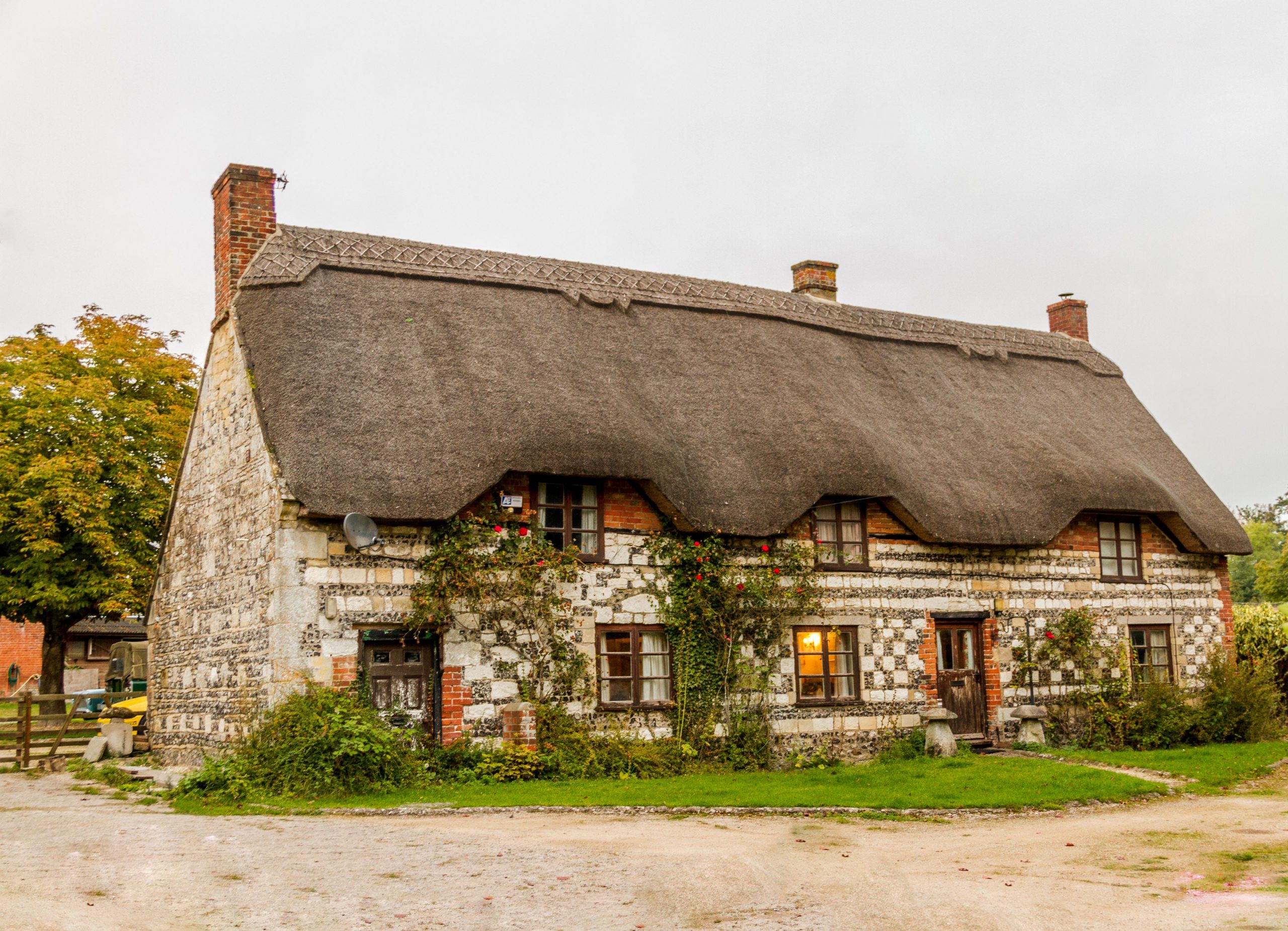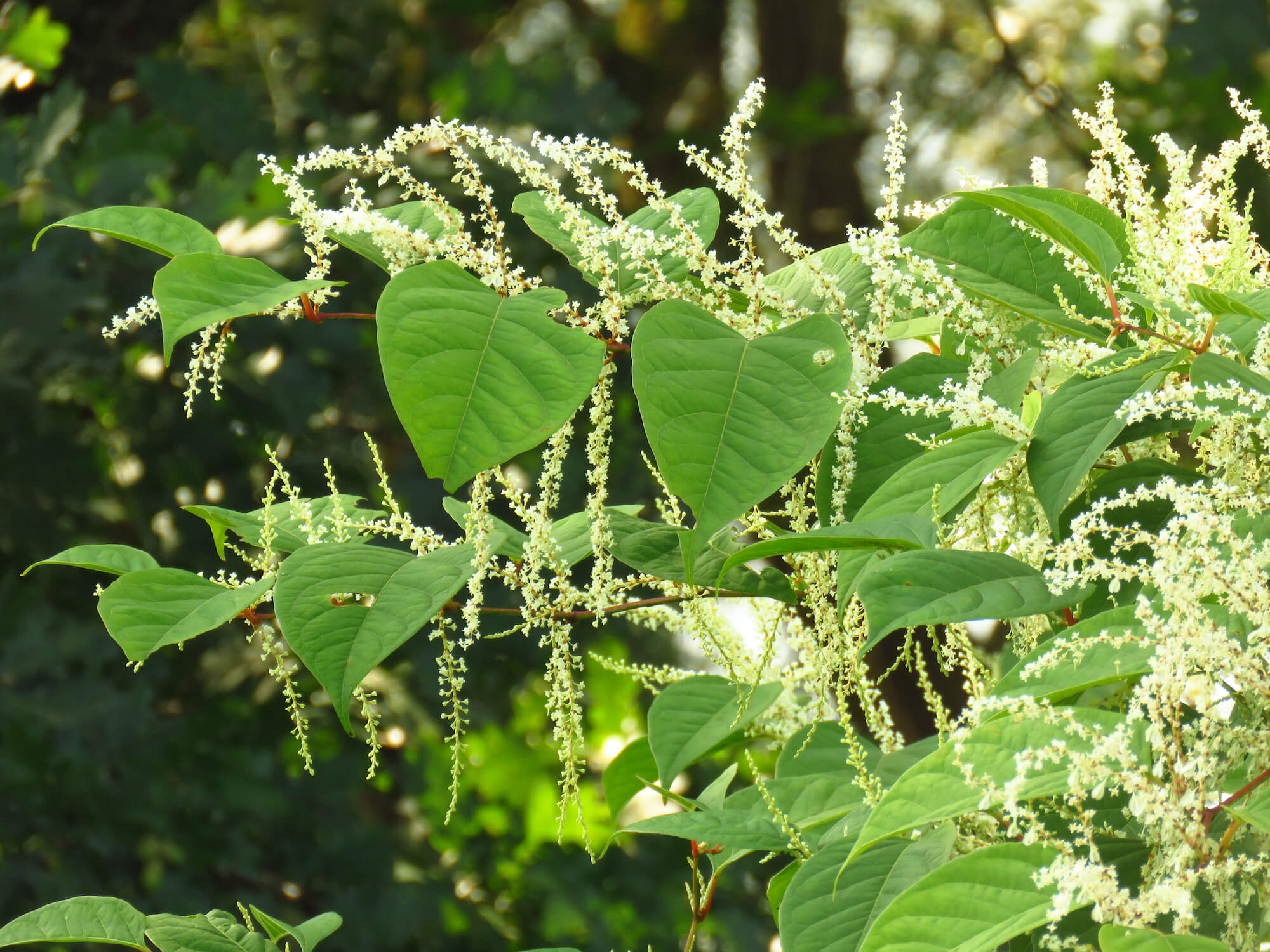Different types of thatched roofs
What do you need to know about thatched roofs?
Thatch is probably the most universal roof covering of all time and still remains popular today, there are many different types of thatched roofs depending on the area in which you are looking to buy Chocolate box cottages in quintessential British villages still attract buyers every year as many are drawn to the charm and history of thatched properties.
If you’re thinking of buying a property with a thatched roof, it’s important to familiarise yourself with the materials used throughout the country and the lifespan of each.

Thatching material
Over the years all sorts of materials – oats, marsh reeds, broom, heather and bracken, and various grasses – have been used for thatching. The most common material for thatch was straw, as it was widely available. And while reed is considered to be the best material for thatching, it’s not apparent that this was a universally used product for common domestic construction.
Today, only three materials are widely used in England: long straw, combed wheat reed and water reed. Long straw and combed wheat reed are two methods that use the same material – wheat straw – only in a different way.
Long straw has a distinctive ‘poured on’ look that gives it a unique exterior appearance. This is because it has gone through a different threshing process from which it emerges bruised and bent. When on the roof it does not compact like the other two main forms of thatch, and it retains its ‘shaggy’ look throughout its life.
Combed wheat reed has a much neater, trimmed look. It is seen widely in the south and west of England and is applied by a completely different method. It is dressed and knocked into shape. Long straw, by contrast, is placed in position, then raked.
Water reed – sometimes referred to as Norfolk reed (though much of it comes in from Eastern Europe and Turkey nowadays) is a completely different material. Unlike the straw used for the other two forms of thatching it was never an agricultural by-product. Water reed is a true reed and is regarded as a superior material. Traditionally it costs slightly more than the other two materials.

What do you need to know?
No thatch will be original, but there is strong debate about the appropriate type of replacement material. Many local authorities have ‘reed only’ thatching policies so check local preferences.
The demand for reed can often outstrip supply so if you have a thatched roof that needs to be repaired or replaced, it’s important to plan thatching work well in advance (possibly years), particularly if reed is an absolute requirement.
The performance of a thatched roof is best assessed on the principle of form following function. That is: neatness, slope, and durability. Thatched roofs work by taking the water off the roof as quickly as possible and dropping it to the ground to be absorbed. All these factors need to be in place for the whole system to work, so it is imperative that the eaves are deep, the area around the building is porous and well-drained and the pitch is at least 45 degrees. (In the South West, thatch pitches tend to be shallower than elsewhere in the UK, which can shorten the life span).
It’s not easy to quantify the lifespan of thatched roofs, as they can be added to (toppings) or easily repaired, but the ridge usually requires attention after 10 years or so, as it is the most vulnerable part of the roof in high winds.
Ridges are defined as either flush (butt up) or cut (wrap over). A water reed thatch is expected to last upwards of 50 years, with wheat reed lasting between 25 and 30 years and straw between 15 and 25 years.
Thatched roofs are vulnerable to moss growth and vermin attack. Often, wire netting is added to roofs to prevent animals’ from nesting, but moss growth is usually connected to weather conditions and roof exposure. Removing moss can cause parts of the roof to come off with it, and there are mixed views on the benefit of removing it. Water penetration problems mainly occur at the junctions between the thatch, walls and chimneys. These areas can be repacked during regular maintenance.



